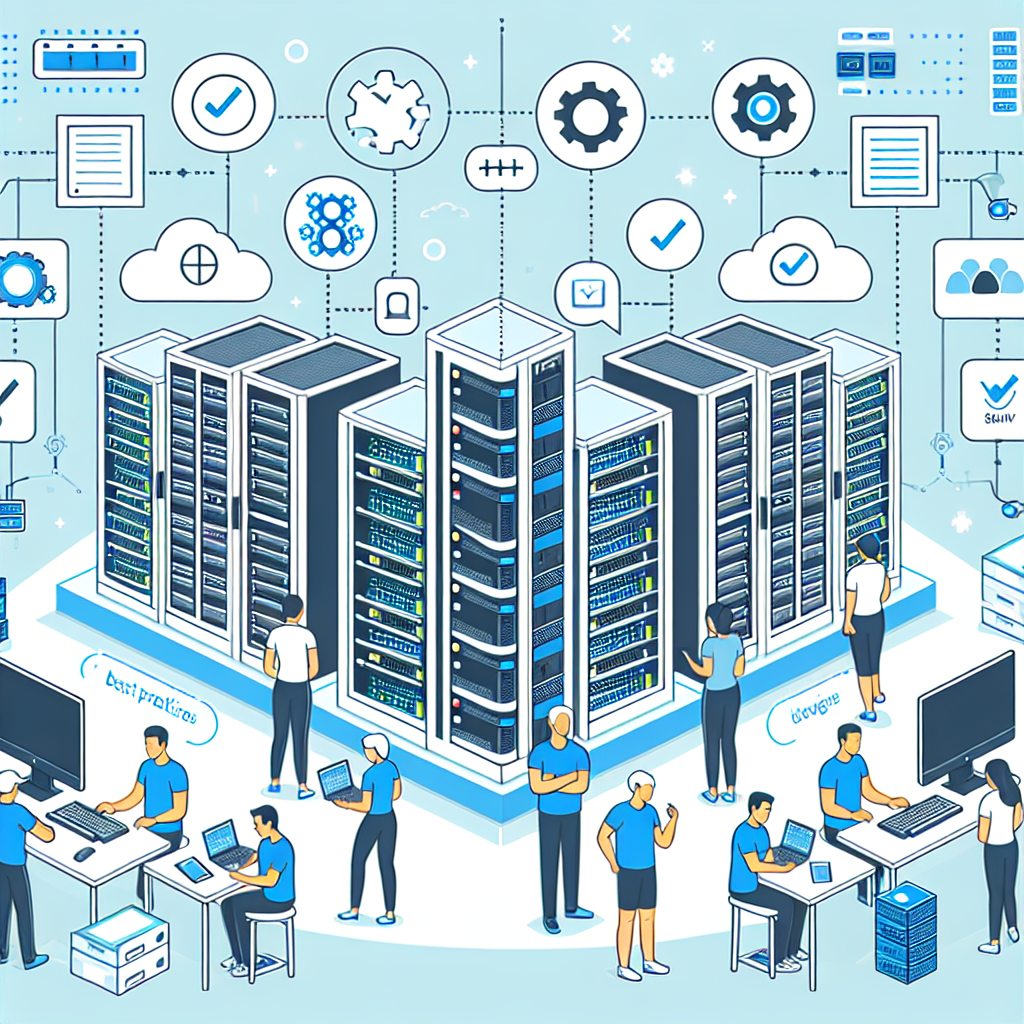Data centers are critical hubs for storing and processing large amounts of data for businesses and organizations. With the increasing reliance on digital technology, it is more important than ever to ensure the safety and security of these facilities. One of the key aspects of data center safety is fire prevention and management.
Fires can have devastating consequences for data centers, leading to data loss, downtime, and even potential financial losses. Therefore, it is crucial for data center operators to implement proper fire safety measures to prevent and manage emergencies effectively. Here are some tips for preventing and managing fires in data centers:
1. Regular Inspections: Regular inspections of the data center’s electrical systems, HVAC systems, and other equipment can help identify potential fire hazards before they escalate. It is important to conduct thorough inspections and address any issues promptly to prevent fires from starting.
2. Fire Suppression Systems: Installing an effective fire suppression system, such as a clean agent system or a pre-action sprinkler system, can help quickly extinguish fires and prevent them from spreading. These systems should be regularly maintained and tested to ensure they are in proper working condition.
3. Proper Cable Management: Proper cable management is essential to prevent overheating and electrical fires in data centers. Cables should be organized and secured to prevent them from becoming tangled or damaged, which can lead to shorts and fires.
4. Adequate Ventilation: Proper ventilation is crucial in data centers to prevent the buildup of heat, which can increase the risk of fires. Ensure that the data center is adequately ventilated and that cooling systems are functioning properly to maintain optimal temperatures.
5. Training and Education: All data center staff should receive training on fire safety protocols and procedures. This includes knowing how to use fire extinguishers, evacuate the facility safely, and follow emergency protocols in the event of a fire.
6. Emergency Response Plan: Develop and implement a comprehensive emergency response plan that outlines procedures for responding to fires in the data center. This plan should include evacuation routes, emergency contact information, and protocols for alerting authorities and stakeholders.
7. Backup and Disaster Recovery: In the event of a fire, having a robust backup and disaster recovery plan in place is essential to ensure that critical data is protected and can be quickly restored. Regularly test backup systems to ensure they are reliable and up to date.
By implementing these fire safety tips, data center operators can reduce the risk of fires and effectively manage emergencies if they occur. Protecting data centers from fires is essential to safeguarding valuable data and ensuring the continuity of business operations. Remember, prevention is always better than cure when it comes to fire safety in data centers.









